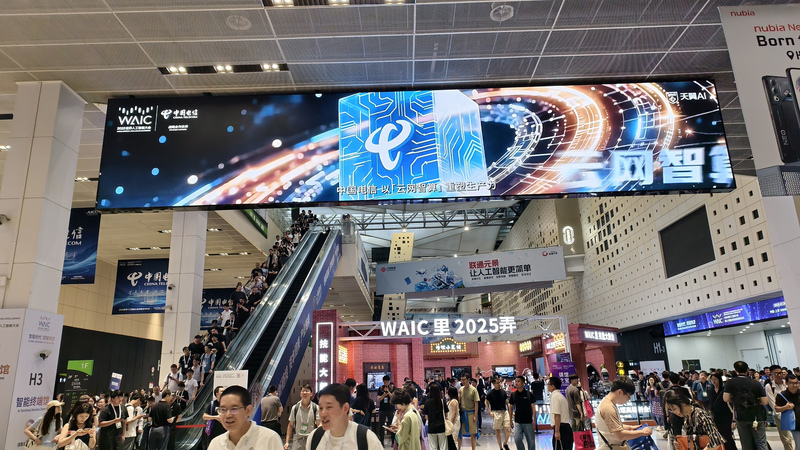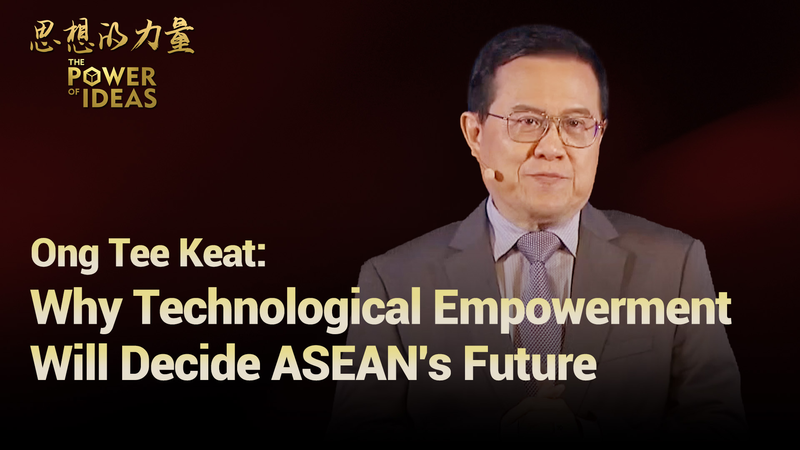The 2025 World Artificial Intelligence Conference (WAIC) wrapped up in Shanghai under the banner of "Global Solidarity in the AI Era," uniting over 800 companies and showcasing more than 3,000 AI exhibits from 30+ countries and regions. From cutting-edge research to on-the-ground deployments, the event painted a clear picture of China's rising influence in the AI landscape.
Walking through the four themed halls is like traveling along an "AI capability corridor." The Core Technologies Pavilion highlighted breakthroughs in large language models, computing chips, and data infrastructure. Meanwhile, the Industry Application Pavilion demonstrated how autonomous driving, smart-city platforms, fintech innovations, and industrial upgrades are moving from prototypes to real-world solutions.
But the magic happens at the Smart Terminal Pavilion, where humanoid robots greet visitors and autonomous vehicles navigate mini test tracks. With 60+ intelligent robots on display and more than 100 global product debuts—including AI-powered smart glasses for navigation, mobile payments, and price comparisons—the boundary between research and daily life feels thinner than ever.
On the commercialization front, major players like Huawei introduced the Ascend 384 AI compute node system, while startups secured demonstration licenses for urban AI networks that promise to redefine mobility across Chinese mainland cities.
Beyond technology demos, WAIC sparked global governance conversations. Chinese authorities called for creating an international AI cooperation organization to align on risk management, open-source development, and equitable technology sharing—especially with developing nations. The message was clear: innovation and safety must advance hand in hand.
As AI leaps off the cloud and into our streets, WAIC 2025 has marked a turning point. For young innovators, entrepreneurs, and global citizens alike, the conference offered a glimpse of an AI-powered future—one where collaboration across borders and sectors shapes the next wave of breakthroughs.
Reference(s):
China's AI solutions shine at WAIC as global adoption accelerate
cgtn.com


